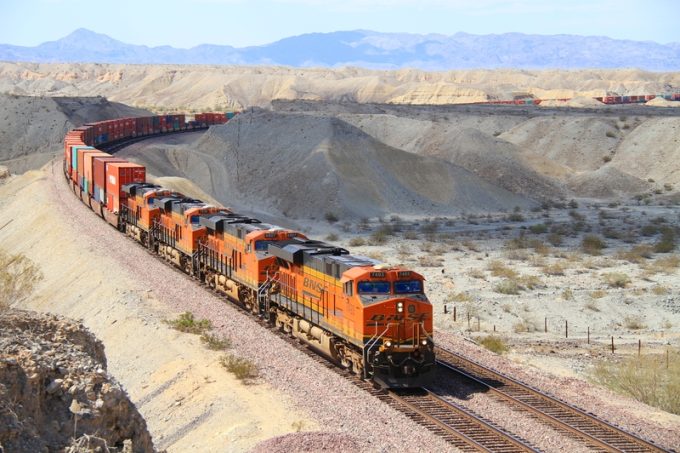Rail squabble on track use sees new intermodal service hit the buffers
Once again this year BNSF is facing obstacles from rival railroad Union Pacific (UP) over ...

Divisions remain deep between US rail labour and management, with accusations that the latter is jeopardising safety for the benefit of profitability.
At Burlington Northern Santa Fe (BNSF) the Brotherhood of Maintenance of Way Employees division of the Teamsters Union has written to the US Surface ...


Comment on this article